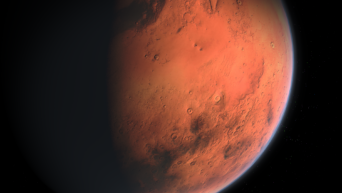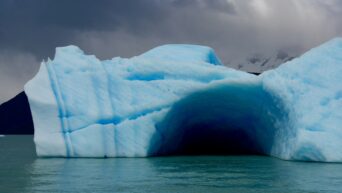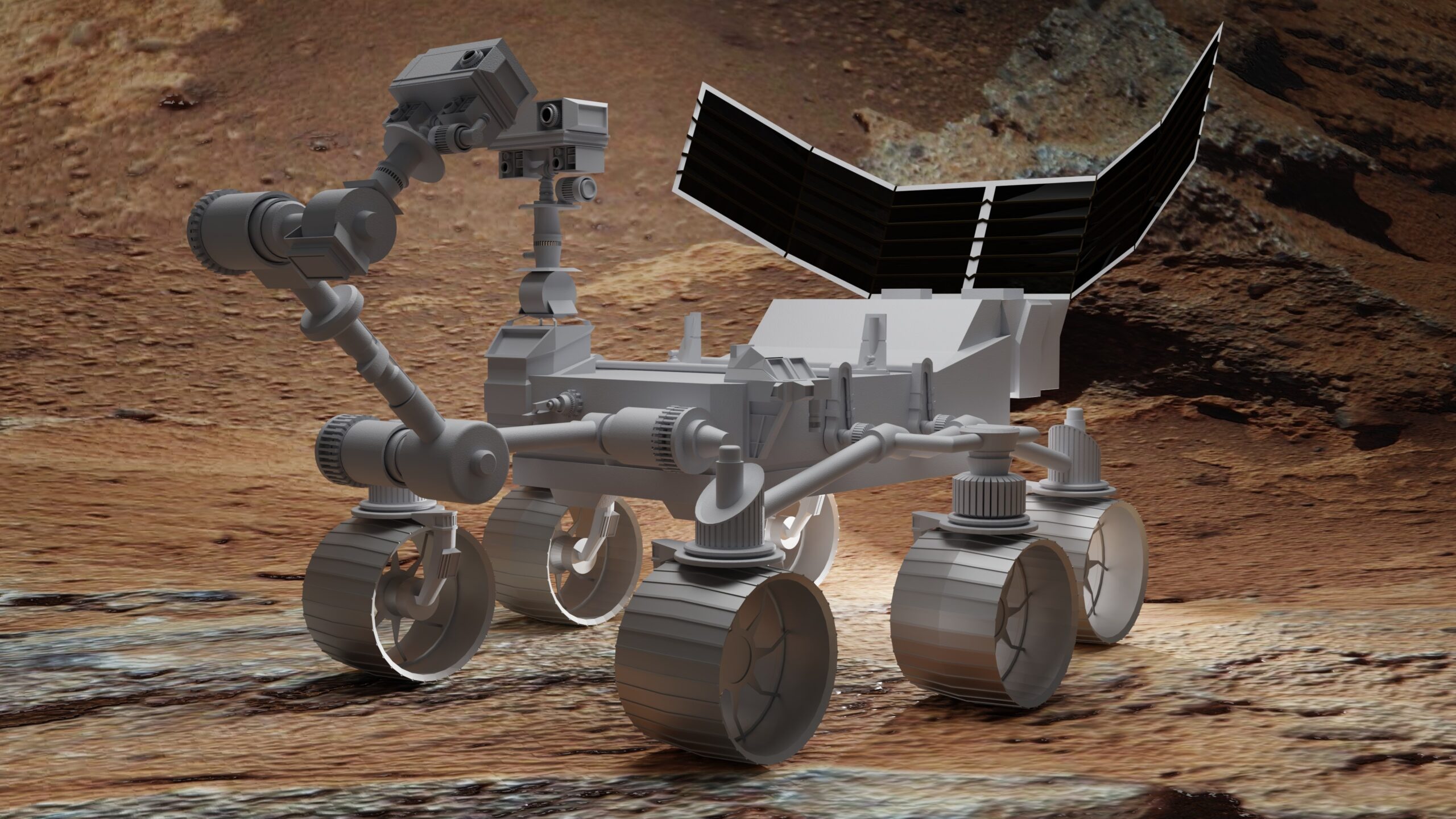Exploring Mars’ Mysteries, One Precarious Step at a Time
In an exhilarating triumph of perseverance and exploration, NASA’s Curiosity rover has achieved a significant milestone by reaching the Gediz Vallis Ridge on the Red Planet. After three arduous attempts, Curiosity has unveiled a tantalizing window into Mars’ watery past and the enigmatic world of ancient landslides.
Three billion years ago, Mars bore little resemblance to the arid landscape we see today. Scientists believe that during this era, powerful debris flows descended from Mount Sharp, giving birth to the Gediz Vallis Ridge. NASA’s Curiosity rover’s mission was to reach this precarious destination, driven by the promise of unlocking the secrets of Mars’ distant past.
Geologist William Dietrich, a member of the mission team at the University of California, Berkeley, expressed the awe-inspiring nature of these discoveries, saying, “Huge rocks were ripped out of the mountain high above, rushed downhill, and spread out into a fan below. The results of this campaign will push us to better explain such events not just on Mars, but even on Earth, where they are a natural hazard.”
The journey to Gediz Vallis Ridge was no easy feat. Curiosity faced a series of formidable challenges, including scaling the Greenheugh Pediment in 2021, navigating treacherous knife-edged “gator-back” rocks last year, and enduring a Martian “slip-and-slide” earlier this year while exploring Marker Band Valley.
https://x.com/scienceresearc9/status/1702532491553194286?s=20
The Curiosity team humorously referred to Gediz Vallis Ridge as the “Bermuda Triangle” of Mount Sharp, highlighting the complexity of this mission. However, on August 14, or the 3,923rd Martian day (sol) of the mission, Curiosity finally achieved its goal.
Upon reaching the ridge, Curiosity’s Mastcam captured a stunning 360-degree panorama comprising 136 individual images, later color-enhanced for visual clarity. This breathtaking mosaic provides a vivid portrayal of the Martian terrain.
The significance of this achievement lies in the ridge’s potential to uncover Mars’ ancient history. Dark rocks at the site, believed to have originated from higher elevations on Mount Sharp, hint at the planet’s watery past. Curiosity’s exploration since 2014 has already revealed evidence of ancient streams, but Gediz Vallis Ridge represents a unique opportunity to investigate the youngest section of this region.
Ashwin Vasavada, Curiosity’s project scientist at NASA’s Jet Propulsion Laboratory, remarked, “It’s a thrill to be able to reach out and touch rocks that were transported from places high up on Mount Sharp that we’ll never be able to visit with Curiosity.”
https://x.com/physorg_com/status/1703839537187655762?s=20
While Curiosity was never designed to reach the peak of Mount Sharp, the rover’s discoveries on the ground are invaluable. They offer a glimpse into the geological history of Mars and provide insights that could deepen our understanding of both Mars and Earth.
During its 11-day sojourn at the ridge, Curiosity photographed dark rocks from the region, some as large as cars, which are believed to have originated from higher points on Mount Sharp. These findings open new doors for scientific exploration and understanding.
As Curiosity continues to navigate the Martian landscape, it reinforces NASA’s commitment to pushing the boundaries of exploration and seeking answers to the mysteries of our neighboring planet. The achievements of Curiosity and its dedicated team inspire us to continue our quest for knowledge about Mars and the universe beyond.

































